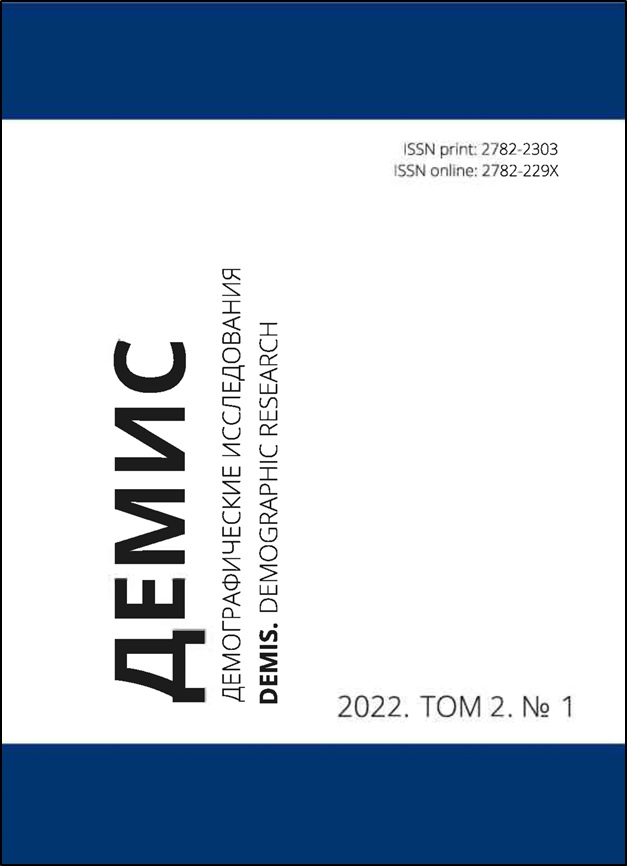Образовательная миграция во Вьетнаме: вызовы и новые возможности
Научная статья
Аннотация
Литература
2. Overview of Vietnamese Migration Abroad [Báo Cáo Tổng Quan Về Tình Hình Di Cư Của Công Dân Việt Nam Ra Nước Ngoài]. Ha Noi: Consular Department, Ministry of Foreign Affairs of Vietnam [Cục Lãnh sự, Bộ Ngoại giao Việt Nam], 2011. 97 p. URL: https://phapluatdansu.edu.vn/wp-content/uploads/2020/06/bao_cao_tong_quan_ve_di_dan_VN-2.pdf. (In Viet.)
3. Viet Nam Migration Profile 2016. Ha Noi: International Organization for Migration, 2017. 116 p. Reference No. ENG0542. URL: https://publications.iom.int/books/viet-nam-migration-profile-2016.
4. TRIANGLE in ASEAN Quarterly Briefing Note: Viet Nam (January – June 2021). Bangkok: nternational Labour Organization, 2021. 5 p. URL: https://www.ilo.org/wcmsp5/groups/public/---asia/---ro-bangkok/documents/genericdocument/wcms_735109.pdf.
5. Harkins B., Lindgren D., Suravoranon T. Risks and Rewards: Outcomes of Labour Migration in South-East Asia – Key Findings in Viet Nam. Ha Noi: International Labour Organization and International Organization for Migration, 2018. 12 p. ISBN: 978-92-2-131411-0. URL: https://www.ilo.org/hanoi/Whatwedo/Publications/WCMS_630870/lang--en/index.htm.
6. Nicolai S., Wales J., Aiazzi E. Education, migration and the 2030 Agenda for Sustainable Development. London: Overseas Development Institute, 2017. 15 p. URL: https://odi.org/documents/5587/11620.pdf.
7. Pismennaya E. E., Ryazantsev S. V., Luong Dinh Hai, Ochirova G. N. Quality of Life and Education in Russia as Seen by Vietnamese Students. Alma Mater (Vestnik Vysshey Shkoly). 2020. No. 11. Pp. 20–28. DOI: https://doi.org/10.20339/AM.11-20.020. (In Russ).
8. ILO Global Estimates on International Migrant Workers – Results and Methodology. Geneva: International Labour Organization, 2021. 72 p. ISBN: 9789221326724. URL: https://www.ilo.org/global/publications/books/WCMS_652001/lang--en/index.htm.
9. Handbook of the Economics of Education. Volume 4 / Ed. by Hanushek E. A., S. J. Machin, L. Woessmann. Amsterdam: North Holland, 2011. 708 p. ISBN: 9780444535351. URL: https://www.sciencedirect.com/handbook/handbook-of-the-economics-of-education/vol/4/suppl/C.
10. Sanz R. Education and Migration: An Assessment of the Types and Range of IOM’s Education and Vocational Training Projects. Geneva: International Organization for Migration, 2018. 82 p. Reference No. ENG0630. URL: https://publications.iom.int/system/files/pdf/iom_migration_education_report.pdf.
Поступила: 07.12.2021
Опубликована: 28.02.2022






